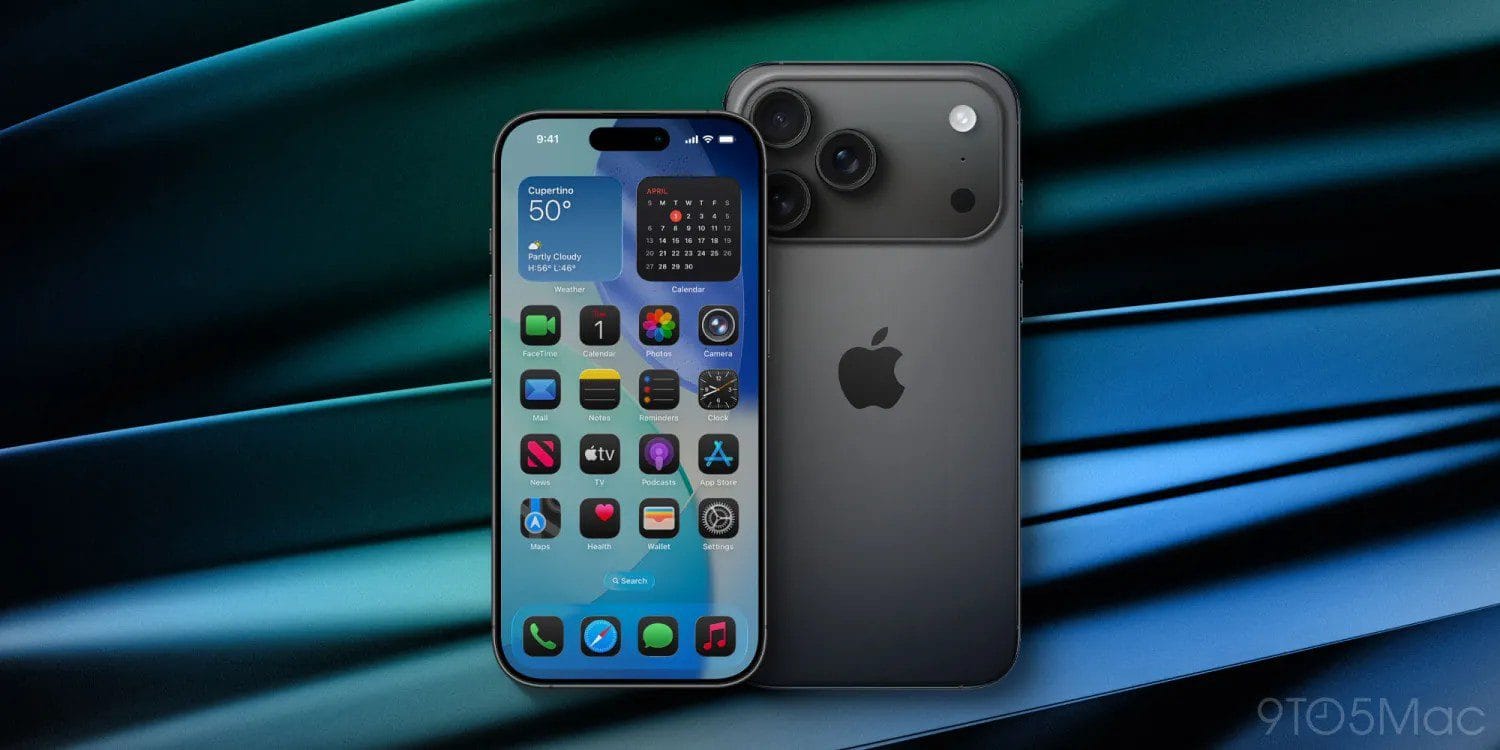
Substack lets you subscribe as an in-app — Substack has introduced a new feature allowing users to subscribe to various content types directly through in-app purchases, but experts caution against utilizing this method due to potential drawbacks..
Substack Lets You Subscribe As An In-app
Substack has introduced a new feature allowing users to subscribe to various content types directly through in-app purchases, but experts caution against utilizing this method due to potential drawbacks.
Overview of Substack’s New Feature
Substack, an independent content platform, has recently announced a significant update that enables users to subscribe to newsletters, podcasts, and video channels through in-app purchases. This new functionality aims to streamline the subscription process, making it easier for users to access premium content from their favorite creators without navigating away from the app.
The Appeal of In-App Purchases
In-app purchases have become a popular method for monetizing digital content, as they provide a seamless experience for users. By allowing subscriptions to be completed within the app, Substack hopes to reduce the friction often associated with signing up for new services. Users can now enjoy a more convenient way to support their favorite content creators, potentially increasing subscriber numbers and revenue for those creators.
Concerns Over In-App Purchases
Despite the apparent advantages of this new feature, experts and industry analysts have raised concerns about the implications of using in-app purchases on platforms like Substack. Two primary reasons emerge as significant drawbacks of this method.
1. Higher Fees for Creators
One of the main issues with in-app purchases is the fees associated with them. When users subscribe through an app, the platform typically takes a percentage of the revenue generated from those purchases. For example, both Apple and Google charge a commission of up to 30% on in-app purchases. This fee can significantly impact the earnings of content creators, who rely on subscription revenue to sustain their work.
Substack has traditionally allowed creators to set their own subscription prices and keep most of the revenue. However, by opting for in-app purchases, creators may find themselves receiving a reduced share of their income. This could lead to a decrease in the quality and quantity of content produced, as creators may struggle to make ends meet.
2. Limited Control Over Subscriber Data
Another critical concern is the potential loss of control over subscriber data. When users subscribe through an app, the platform often retains ownership of the subscriber information, limiting creators’ ability to communicate directly with their audience. This loss of connection can hinder creators’ efforts to build a loyal subscriber base and engage with their audience effectively.
Direct communication with subscribers is vital for creators, as it allows them to share updates, gather feedback, and foster a sense of community. By relying on in-app purchases, creators risk losing this essential connection, which may ultimately affect their long-term success.
Context: The Rise of Substack
Substack launched in 2017 and quickly gained popularity as a platform for independent writers and creators to monetize their content. The platform allows users to create newsletters and charge for subscriptions, providing a sustainable income model for many creators who previously relied on advertising revenue or other less stable sources of income.
Over the years, Substack has attracted a diverse range of creators, from journalists and authors to podcasters and video producers. The platform has empowered many to bypass traditional media outlets and build their own audiences, allowing for greater creative freedom and financial independence.
Implications for Content Creators
The introduction of in-app purchases may have significant implications for content creators on Substack. While the feature could potentially attract new subscribers due to its ease of use, the associated drawbacks may outweigh these benefits.
Impact on Revenue Models
Creators who choose to adopt in-app purchases may need to rethink their revenue models. With a substantial portion of their income going to platform fees, many may find it necessary to raise subscription prices to maintain their earnings. This could lead to a less competitive market, as higher prices may deter potential subscribers.
Furthermore, creators may need to explore alternative monetization strategies, such as offering exclusive content or merchandise, to supplement their income. This shift could require additional effort and resources, potentially detracting from the time spent creating content.
Building Subscriber Relationships
Maintaining strong relationships with subscribers is crucial for content creators, and the introduction of in-app purchases could complicate this dynamic. Losing direct access to subscriber data may hinder creators’ ability to engage with their audience effectively, limiting their capacity to foster a loyal community.
Creators may need to develop new strategies for connecting with subscribers, such as utilizing social media platforms or email newsletters. However, these methods may not provide the same level of engagement as direct communication through Substack.
Conclusion: Weighing the Options
While Substack’s new in-app purchase feature may seem appealing at first glance, the potential drawbacks warrant careful consideration. Creators must weigh the convenience of in-app subscriptions against the financial and relational implications of adopting this model.
As the landscape of digital content continues to evolve, it is essential for creators to remain informed about the tools and platforms they use to monetize their work. By understanding the potential impact of in-app purchases, creators can make more informed decisions that align with their long-term goals.
Source: Original reporting
Further reading: related insights.
Was this helpful?
Last Modified: August 19, 2025 at 4:49 pm
1 views















